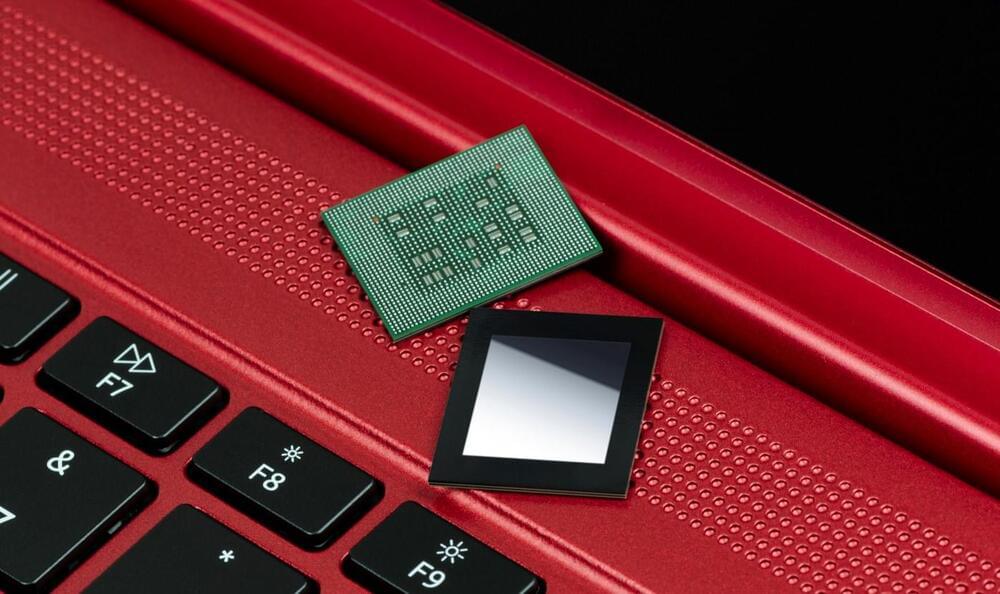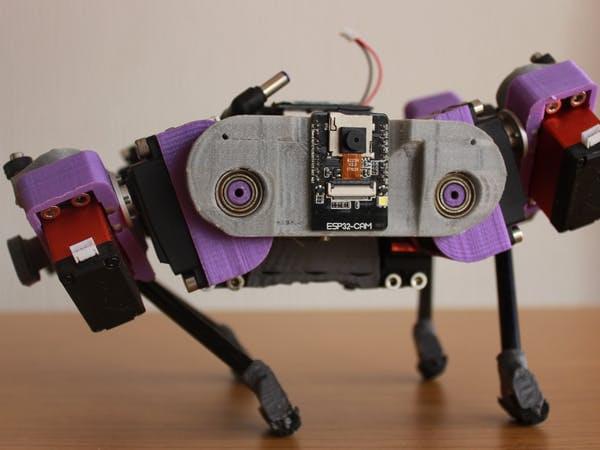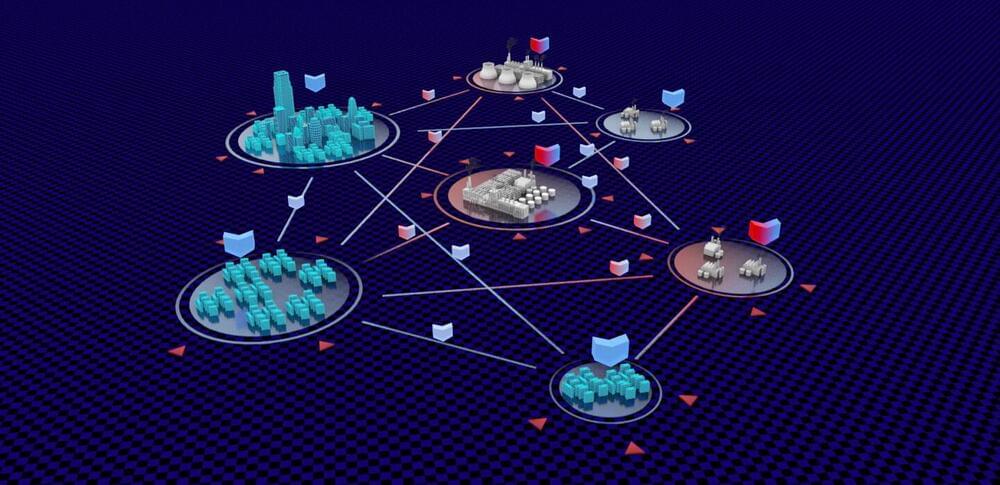Dec 1, 2021
Qualcomm is making 5nm ARM chipsets for Windows laptops
Posted by Shubham Ghosh Roy in categories: internet, robotics/AI, security
Is expanding its lineup of ARM-based chips for Windows and Chromebook with Snapdragon 8cx Gen 3 and 7c+ Gen 3 platforms. In addition, the company aims to power handheld gaming devices using Snapdragon G3x Gen 1 chipsets.
Snapdragon 8cx Gen 3, which, is the first 5nm PC platform, according to Qualcomm, which designed it with ultra-slim and fanless laptops in mind. It says that moving to a 5nm process node and other optimizations allowed for improved Kryo CPU performance while sustaining similar power consumption levels as Gen 2 chipsets. The company claims the chipsets will deliver up to 85 percent improved performance compared with the previous generation and up to 60 percent better per-watt performance than x86 chips.
Along with 5G and WiFi 6/6E connectivity, the platform is said to offer multi-day battery life, upgraded camera and audio functions and chip-to-cloud security. Systems with 8cx Gen 3 chipsets will be able to take advantage of “29+ TOPS of AI acceleration,” which Qualcomm claims is three times the performance of “the leading competitive platform.” The AI acceleration could speed up tasks like face detection and background blur on calls. In addition, Snapdragon 8cx Gen 3 supports up to 4K HDR camera quality, and as many as four cameras.


















